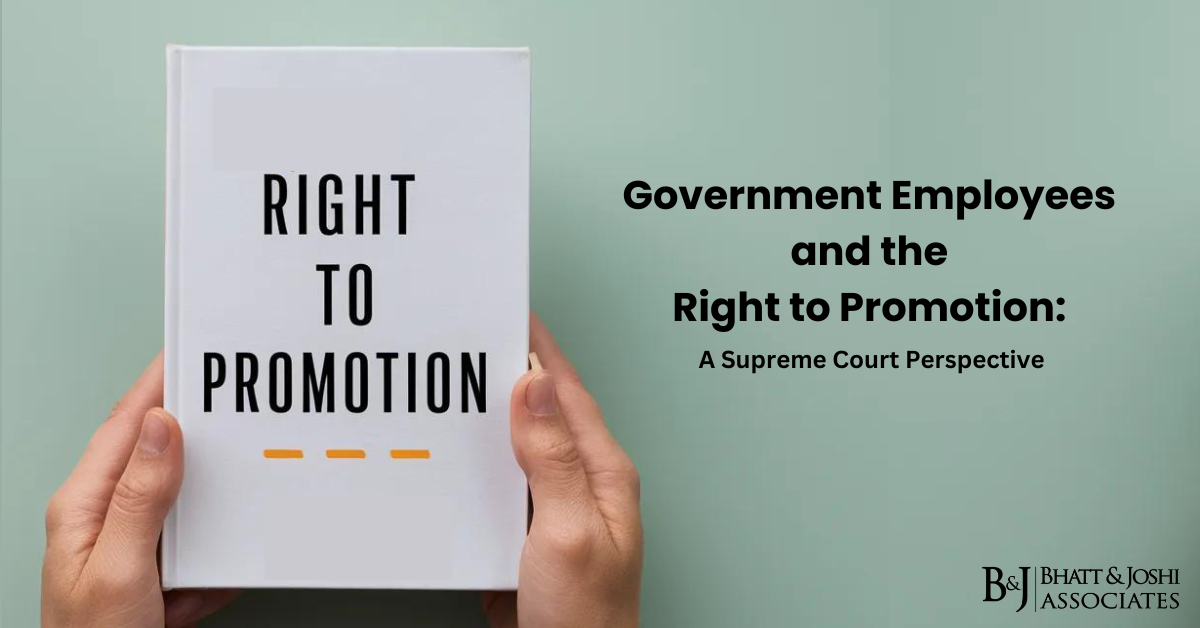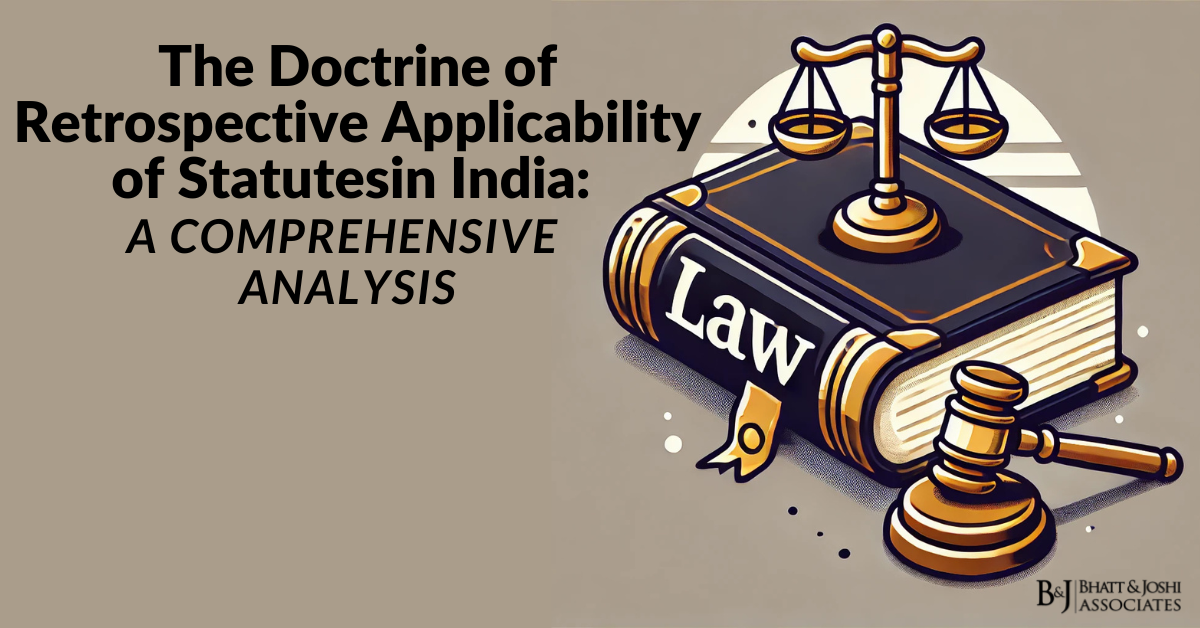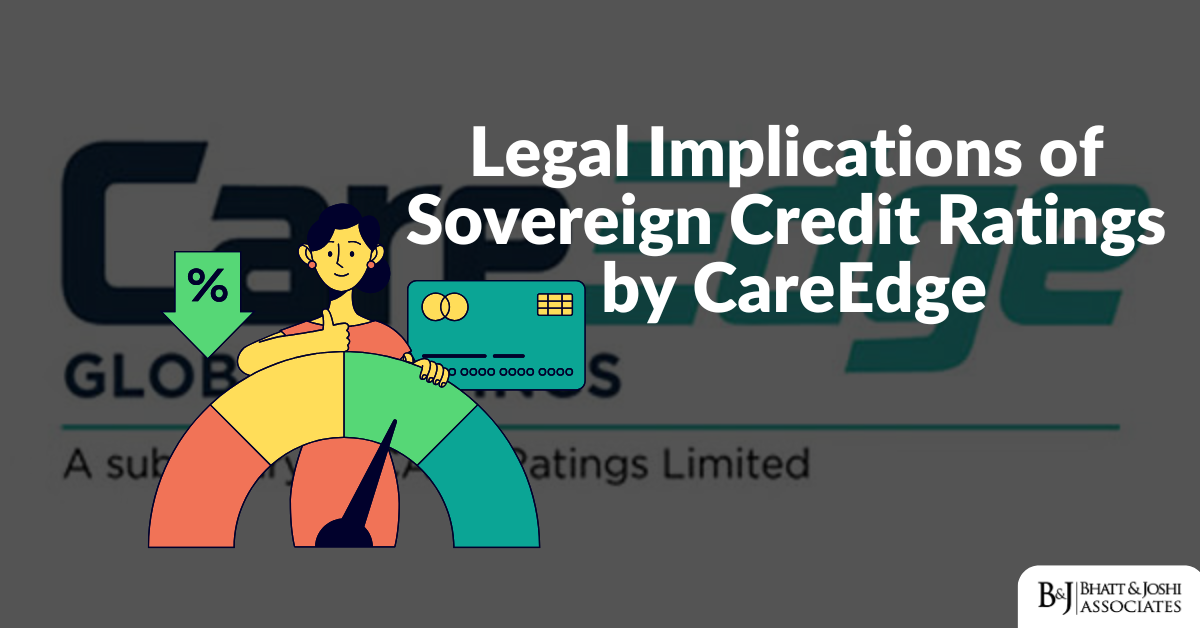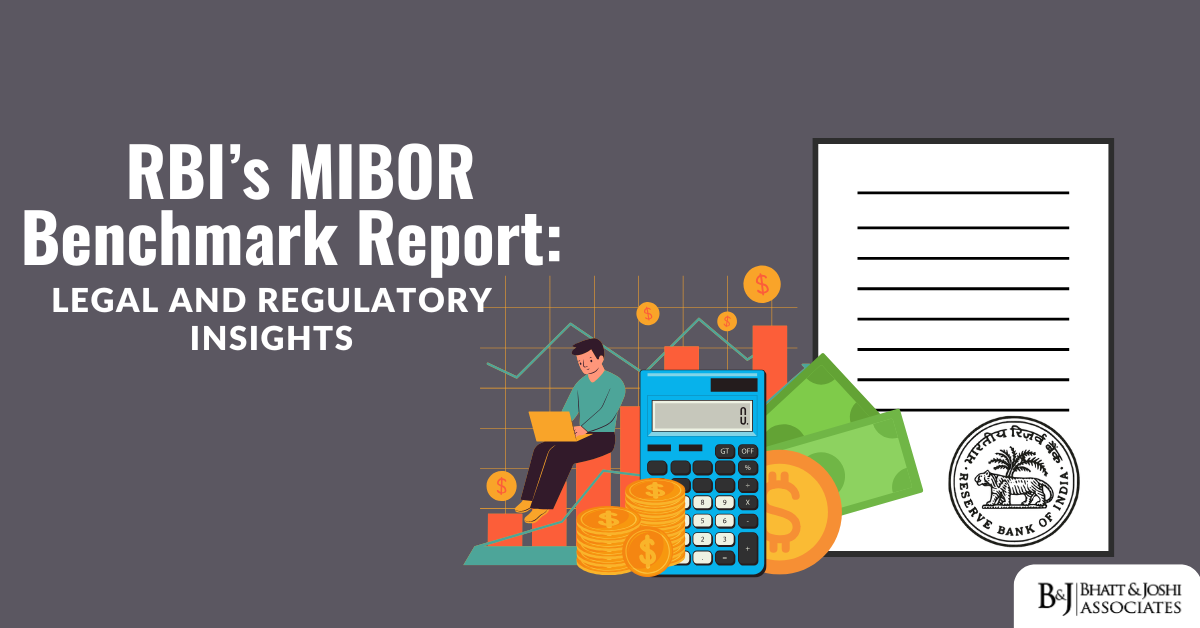Introduction
The Supreme Court of India recently provided clarity on the contentious issue of Promotion Rights of Government Employee. In a significant ruling, the Court emphasized that government employees do not have an intrinsic right to promotion. This article delves into the Court’s observations, the underlying principles, and the historical context of promotion policies in India, with a focus on the case of Ravikumar Dhansukhlal Maheta & Anr. v. High Court of Gujarat & Ors.
Supreme Court’s Ruling on Promotion Rights of Government Employee
Context and Case Details
On May 17, 2024, the Supreme Court upheld the recommendations of the Gujarat High Court for promoting Senior Civil Judges to the 65% promotion quota of District Judges based on the merit-cum-seniority principle. The petitioners challenged the Select List dated March 10, 2023, claiming it violated Article 14 of the Constitution and Rule 5 of the Gujarat State Judicial Service Rules, 2005.
Key Observations: Government Employees Promotion Rights Clarification
- No Intrinsic Right to Promotion: The Court reiterated that government employees cannot claim promotion as a matter of right because the Constitution does not prescribe criteria for promotions. The Court stated, “In India, no government servant can claim promotion as their right because the Constitution does not prescribe criteria for filling seats in promotional posts.”
- Legislative and Executive Domain: The policy of promotions falls within the domain of the legislature or executive, with limited scope for judicial review. Courts can intervene only if the promotion policy violates the principle of equal opportunity under Article 16 of the Constitution. The Court observed, “The Legislature or the executive may decide the method for filling vacancies to promotional posts based on the nature of employment and the functions that the candidate will be expected to discharge.”
- Merit-Cum-Seniority Principle: The Court upheld the merit-cum-seniority principle for promotions, acknowledging that such policies are essential for selecting the best candidates for higher responsibilities. “The courts cannot sit in review to decide whether the policy adopted for promotion is suited to select the ‘best candidates’, unless on the limited ground where it violates the principle of equal opportunity under Article 16 of the Constitution,” the judgment noted.
Recommendations for Improvement
The Supreme Court suggested that the Gujarat High Court could amend its Rules to incorporate a more detailed suitability test, similar to the Uttar Pradesh Higher Judicial Service Rules, 1975. This includes adding a Viva Voce component, increasing the passing thresholds, and considering the quality of judgments from the past two years instead of one.
Historical Context of Promotion Policies
Colonial Era
During the British Raj, the East India Company (EIC) promoted officials based on seniority, a practice officially recognized in the Charter Act of 1793. This method continued until the Indian Civil Service Act (ICS) of 1861 introduced promotions based on both seniority and merit, integrity, competence, and ability.
Post-Independence
After independence, the First Pay Commission in 1947 recommended a mix of direct recruitment and promotions, with seniority for roles requiring office experience and merit for higher positions. Subsequent commissions in 1959 and 1969 supported merit-based promotions alongside seniority.
Principle of Seniority
The principle of seniority was seen as a reflection of loyalty and a means to reduce favoritism. It was believed that long-serving employees demonstrated loyalty to the organization and deserved fair treatment in promotions. The Court noted, “The principle of seniority as a parameter of selection for promotion was found to be derived from the belief that competence is related to experience and that it limits the scope of discretion and favouritism.”
Judicial Perspective on Promotion Policies of Government Employee
Ravikumar Dhansukhlal Maheta Case
The Supreme Court’s decision in the Ravikumar Dhansukhlal Maheta case underscores that the government or the legislature can determine promotion criteria based on the nature of employment and job functions. The Court can only intervene if the promotion policy violates Article 16’s principle of equal opportunity.
Judicial Review Limitations
The Court highlighted that judicial review of promotion policies is limited. Courts cannot decide if the policy is suited to select the best candidates unless it contravenes the equality principle. This reinforces the idea that promotion policies should primarily be crafted and implemented by the legislative or executive branches.
Conclusion: Upholding Employee Promotion Rights
The Supreme Court’s ruling provides clarity on Government Employee Promotion Rights, emphasizing that such promotions are not a constitutional right but a policy matter for the legislature and executive. By upholding the merit-cum-seniority principle and suggesting improvements to the suitability test, the Court aims to ensure a fair and efficient promotion process that aligns with the principles of merit and equity.
This Supreme Court decision on Promotion Policy marks a significant step in delineating the boundaries of judicial intervention in promotion policies, ensuring that promotions are conducted in a manner that respects both the merit of candidates and the principles of equal opportunity.














